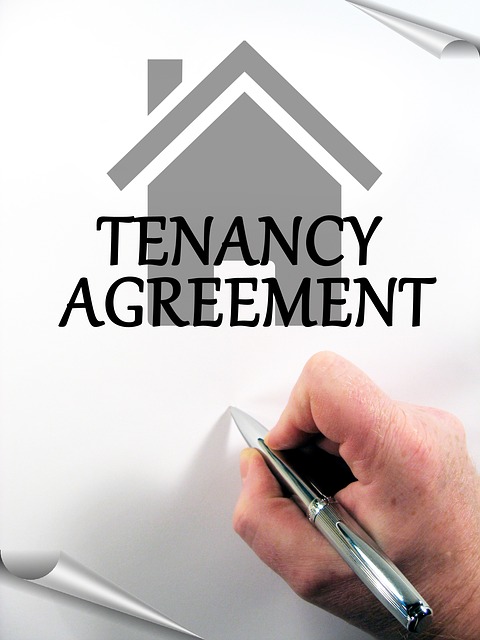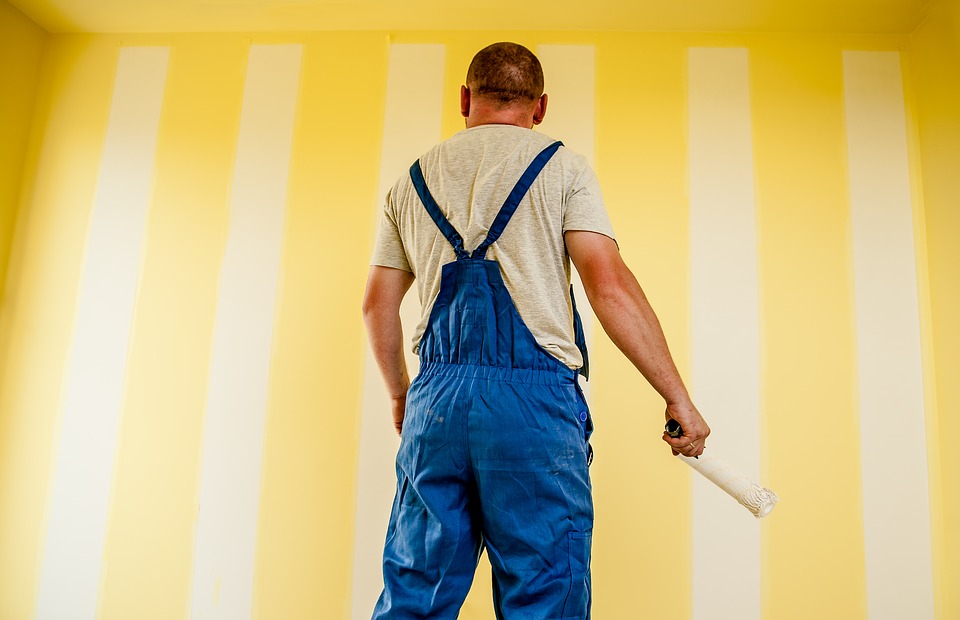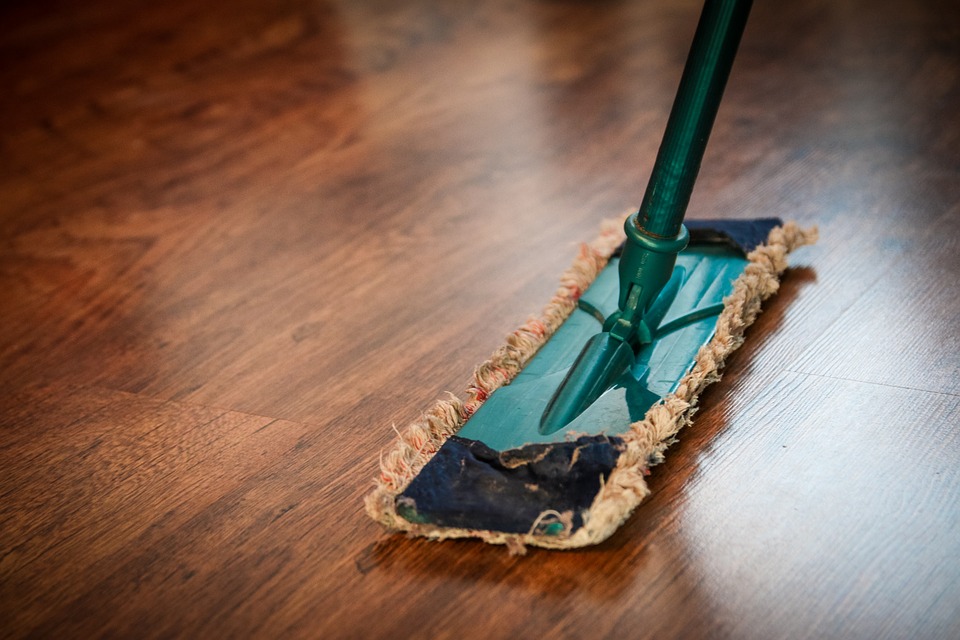September 25th, 2015.
How to Keep Your Student Buy-to-Lets in Top Condition

The summer is drawing to an end and the students will soon be back in full force, great news for your rental income but it does mean you need to get your properties in order.
This type of property tends to go through a lot of use and abuse throughout the 10 months it’s occupied, so it may be time to for a refresh and some TLC. However, there are many considerations that you should look at.
Here are just a few factors to consider when trying to maintain student buy-to-lets.
What does landlord insurance cover?
While the particulars will change depending on your insurance provider, there are certain things that will almost always be covered by landlord insurance. For example:
• Damage to the property by the tenant
• Loss of earnings/ rehousing costs following an insured event
• Liability for accidents occurring in your property
• Covering non-payment of rent
Therefore, if there is excessive damage to your property caused by previous tenants, then you could claim on the insurance to cover the costs of repairs.
Alternatively, you may also be able to keep the money from the bonds to pay for the damage; helping you to maintain your no-claims bonus and keep your premiums low.

What is the landlord’s responsibility for maintenance?
It’s important to know what you’re actually responsible for when it comes to maintenance. As a rule of thumb, and unless otherwise agreed, the landlord is responsible for:
• Repairs to the structure and exterior of the property
• Basins, sinks, baths, toilets and pipework
• Water and gas pipes
• Gas appliances
• Electrical wiring
• Water tanks
• Boilers, radiators and gas/ electric fires
You cannot pass these responsibilities onto the tenant, regardless of what is laid out in the tenancy agreement. Furthermore, you are fully responsible for the cost of the repairs – this cannot be passed on to the tenant.

Little and Often
The best way to maintain buy-to-let properties is to schedule an annual check to assess the condition of the property and arrange a time for any repairs and maintenance to be carried out.
There are several jobs that you can do to ensure that your property is in good condition, allowing you to achieve the maximum possible rent.
Some of the best jobs to do to keep your buy-to-let properties in tip-top condition include:
• Service the appliances – making sure that gas appliances are running properly and safely is essential. Carrying out an annual service of these items will help to reduce the likelihood that there will be an incident.
• Repair small problems – things like cracks in the walls, broken stair rails, rotten floor boards or damaged guttering are all examples of small problems that can quickly escalate if left unchecked. Fix these while they are still small problems and you could potentially save thousands in repair costs further down the line.
• Install protective items – this means installing things like damp proofing and ensuring that the ventilation system is working properly. In addition to this, fit protective plastic trims on the corners of the wall and install door stops to help prevent damage from occurring.
• Replace furnishings – if you provide furnished accommodation, then broken beds, wardrobes and living room furniture can seriously damage your rental income. Replacing these broken or worn items helps to keep your property looking high quality and new, potentially allowing you to charge more per room if you wish.
• Fresh paint – a quick, cheap coat of paint can help to refresh and revitalise your property. While it is cheapest and easiest to go with a plain white or magnolia colouring, you could add a dash of colour to your living areas to help set your property apart.
• Deep clean – while it is the tenant’s responsibility to keep the property clean, carrying out a deep clean prior to them moving in allows you to check the condition of everything in the property and provides you with a base level of clean for your tenants to maintain.
The more regularly you carry out these activities, the easier and more affordable they will be to rectify. On student lets, it is best to carry out this type of work during late July, all of August and early September when the property is unoccupied and you have free access to it.






